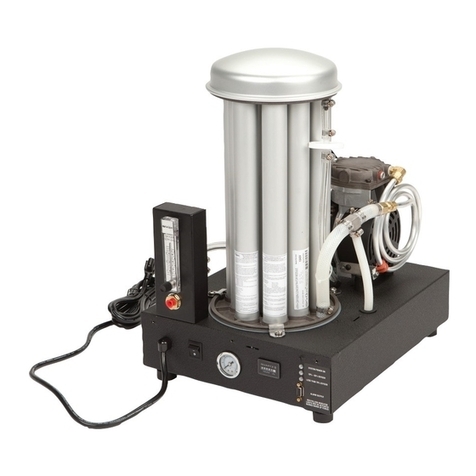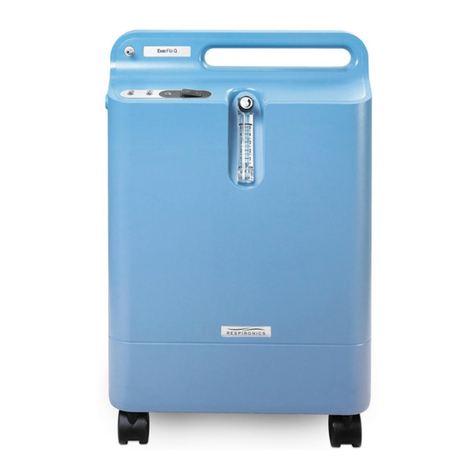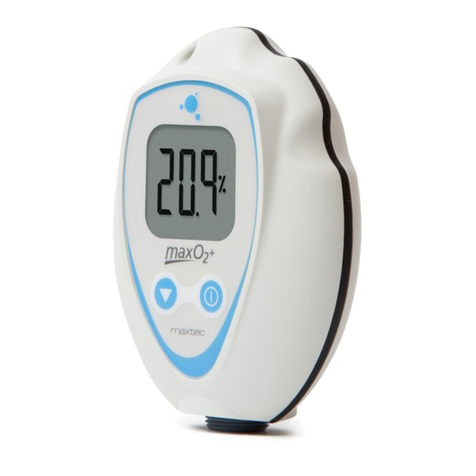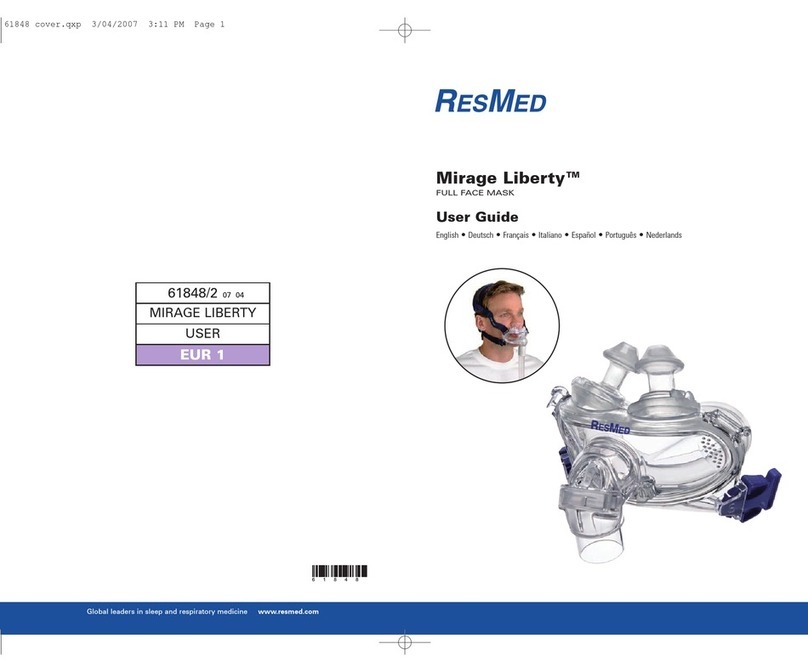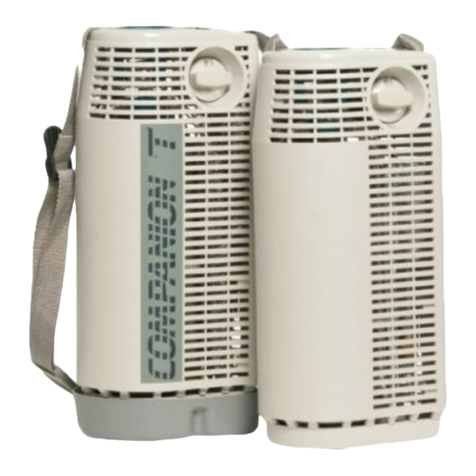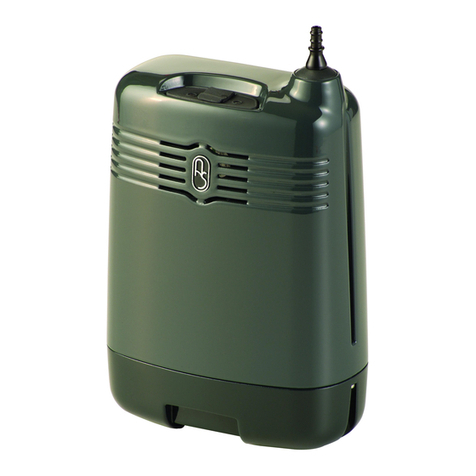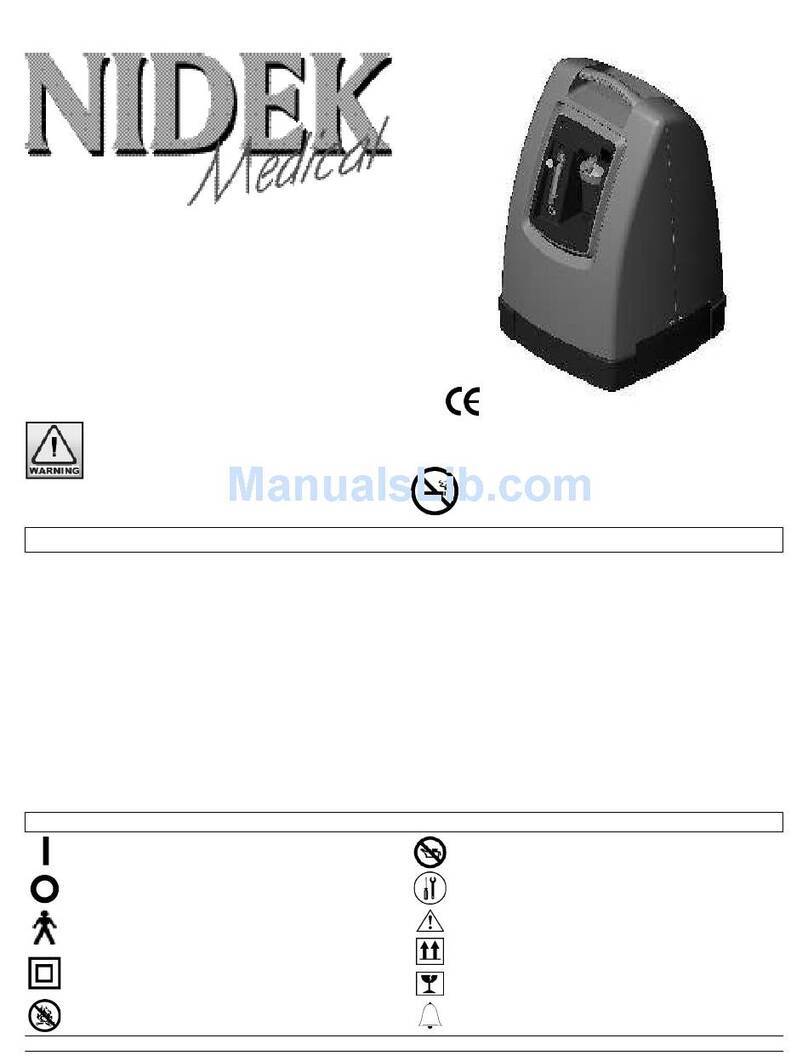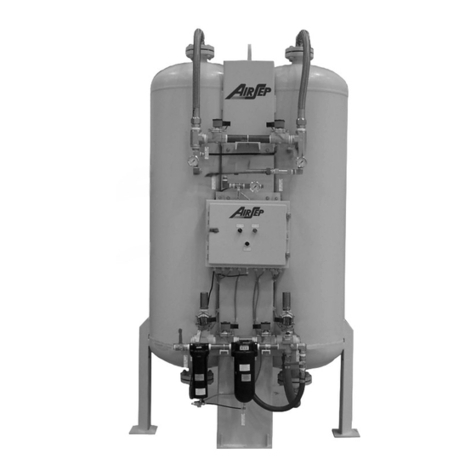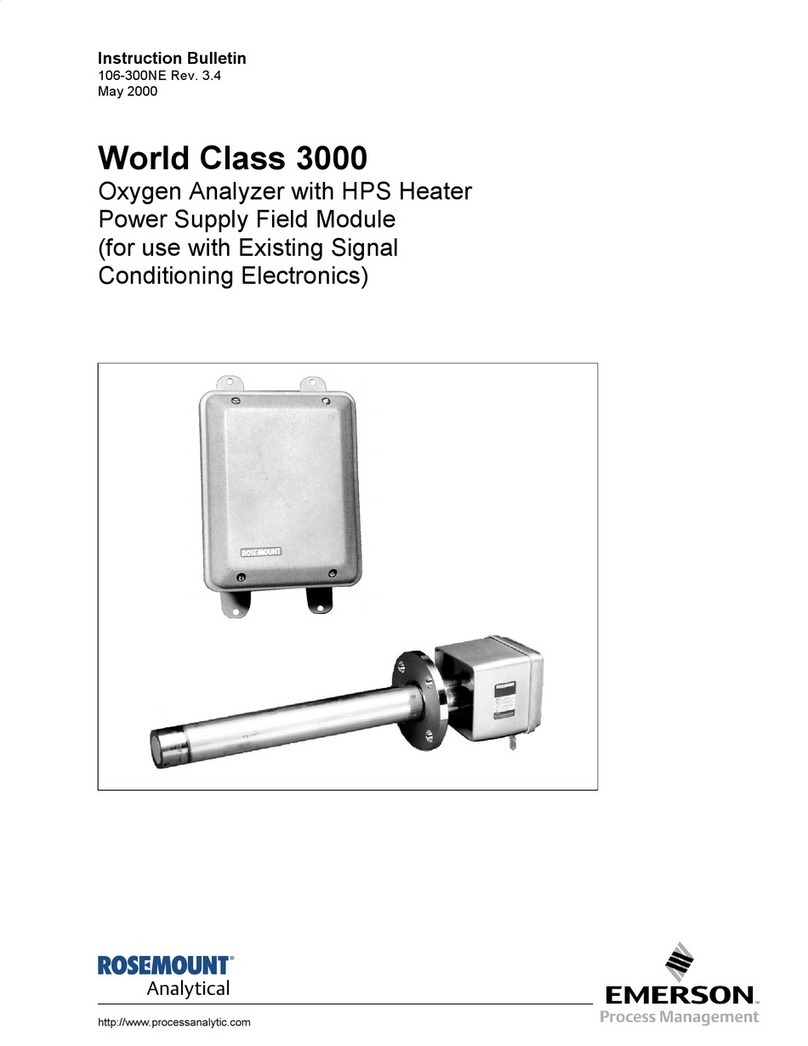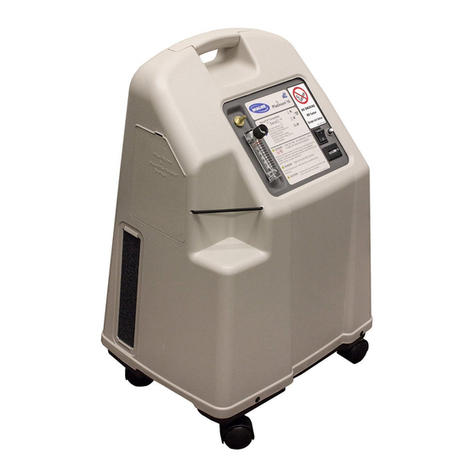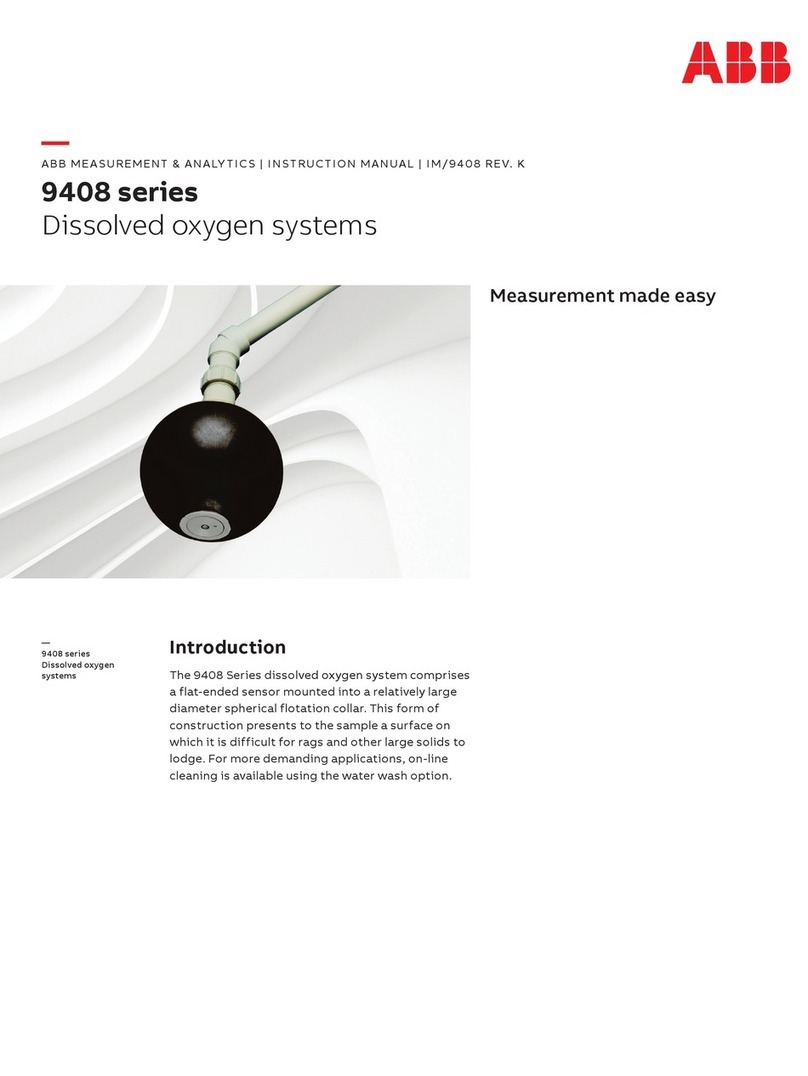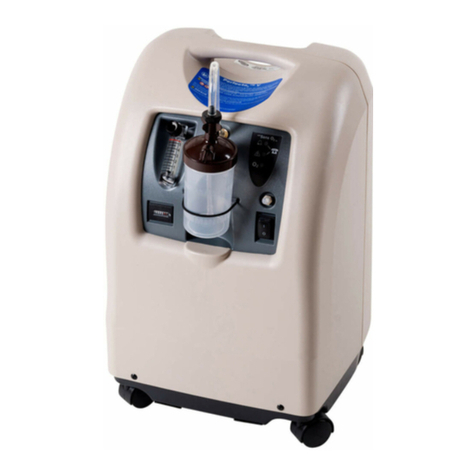
5
Do not use the equipment near flammable materials as grease oil,
detergent ect. In a certain pressure, oil, grease or grease substances
which contacted with oxygen will self-ignition and intense
combustion. These substances must be kept away from oxygen
concentrator, piping, connectors, and all other oxygen devices. Do not
use any lubricant other than the manufacturer's recommendation.
Do not place debris and water oil containers on the top of the
concentrator.
Do not place any debris place at the bottom of the oxygen
concentrator, and it is forbidden to place the concentrator on a soft
surface (such as bed or sofa) that can cause tilting or sinking. Do not
allow either the air intake or the air outlet vents to become blocked.
This can cause the concentrator to overheat and affect performance.
The equipment has gotten through the electromagnetic compatibility
test conducted by testing center for TUV product. The equipment
won’t produce the harmful RF interference if used in residential area.
But in order to keep normal use, please don’t use the oxygen
concentrator near high frequency disturbing equipment, such as
speaker, MRI or CT etc.
Do not use parts, accessories, or adapters that are not approved by
the manufacturer. Using other humidifier or other accessories not
approved by manufacturer will reduce the performance of the oxygen
concentrator.
Do not place oxygen concentrator in parallel or in series with other
concentrators or oxygen treatment equipment.
Oxygen therapy is dangerous in some specific environment. The
manufacturer recommends that the user consult the physician before
using the oxygen concentrator.
Avoid the production of any spark near the oxygen concentrator,
including sparks due to various friction static electricity.
If the power cord or plug of the oxygen concentrator is damaged, or
concentrator does not work properly, or the concentrator was
dropped or damaged, please contact qualified maintenance
personnel to check and repair.
Keep the power cord away from heat or heated surfaces.
Do not move the oxygen concentrator when charged.
Do not tread, sit on or lie on the oxygen concentrator.
Do not drop or insert anything at the concentrator intake or outtake
port. If any object or liquid enters the unit, disconnect the power
plugs immediately, and have them tested by the professional person
before re-use.
